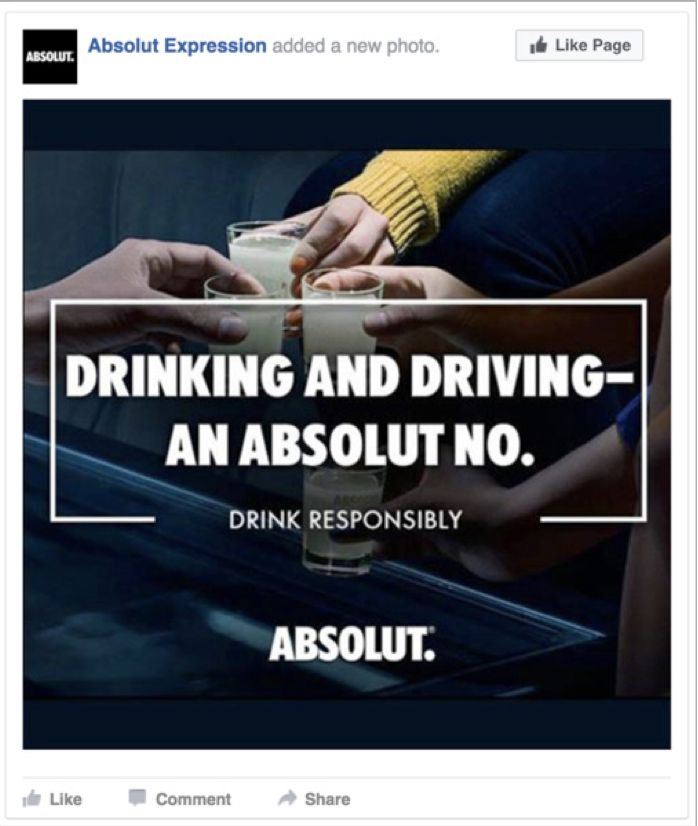Terms such as “vaping” and “responsible drinking” may be common enough in everyday speech. Less well known, however, is where these terms originated and why they persist.
Many were coined or intentionally promoted by billion-dollar industries to shape our thinking, behavior and consumption patterns for commercial benefit. This kind of terminology—designed to make harmful products sound tamer or to shift responsibility for risks onto consumers—allows corporations to effectively avoid regulation and to promote products that undermine our health and drive or worsen inequities.
Today, three out of four deaths worldwide are attributed to noncommunicable diseases—chronic illnesses that include cancer, diabetes, heart disease and lung disease. According to a new report from the World Health Organization, these diseases kill 41 million people each year. Noncommunicable disease rates are exacerbated by what the World Health Organization calls the commercial determinants of health. These refer to profit-driven actions by corporations that have an impact—positive or negative—on people’s health.
When it comes to the tobacco, alcohol and ultra-processed food industries, the impact is often negative. These industries use language as a tactical tool to mislead the public about the potential harms of their products, and their profit-driven actions contribute to the global burden of noncommunicable diseases. Consider the following terms.
“Vaping”
Over the past decade, a new and ever-evolving class of tobacco product has emerged on a mostly unregulated market: e-cigarettes, which are officially referred to by many regulatory agencies and governments as electronic cigarettes or electronic nicotine delivery systems. These products have captured millions of users with flavors and flashy, high-tech devices that are especially appealing to young people.
The tobacco industry has a compelling commercial interest in making these products sound innocuous. Oxford dictionary’s 2014 Word of the Year, “Vape”—and the associated “vapes” and “vaping”—suggest to consumers that these products emit harmless water vapor.
What really happens is that liquid chemical components in these products are heated to the point of vaporization so they can be inhaled. Users inhale an aerosol composed of a complex array of chemicals, which can include nicotine, solvent carriers like propylene glycol, ethylene glycol and glycerol, tobacco-specific nitrosamines, volatile organic compounds, flavors, tobacco alkaloids, and metals.
By promoting the innocent-sounding term “vaping,” the tobacco industry has managed to defang their products and differentiate them from “smoking” combustible tobacco products—even though users are exposed to many of the same harmful chemicals.
“Responsible drinking”

The catchphrase “drink responsibly” has become a common part of alcohol advertisements in the United States—depicting social gatherings centered on enjoyable consumption of alcohol. This is an attempt by the alcohol industry to portray itself as committed to public health and public safety, but ultimately undermines both. This language is intentionally unspecific. The ads don’t provide guidelines about what responsible drinking is or warn that alcohol is known to cause cancer. This messaging has been shown to be ineffective at conveying public health information but very effective at promoting the alcoholic product.
By using a tactic long used by the tobacco industry. This helps the alcohol industry counter regulation, such as sales and advertising restrictions, and other proven policy interventions outlined in the World Health Organization’s SAFER technical package. But relying on drinkers to be responsible for their actions while they are using alcohol is not an effective public health strategy for reducing harms from alcohol use.
“Natural”
Many terms used in food marketing and packaging are confusing. Most people probably couldn’t accurately describe what “preservative-free,” “free-range” or “organic” really mean. Another example of a difficult-to-define food industry term is “natural.” When selecting a breakfast cereal, gallon of milk or spice blend at the grocery store, consumers may see a package that proudly and prominently displays the label “natural.” Before the 1970s, this was not common in the United States, but shoppers in the U.S. today have come to expect, prefer and pay more for goods with these types of labels.
The problem is the interpretation of what this vague term really means. According to a U.S.-based survey reported in the food magazine Bon Appetit, “In 2015, about 60 percent of surveyed consumers thought packaged foods labeled ‘natural’ were made with no toxic pesticides, no artificial colors or ingredients, and no GMOs. Between 80 and 85 percent of them thought that ‘natural’ should indicate each of those three things.” But “natural” doesn’t necessarily indicate any of these. The term is so meaningless that it’s even been applied to ultra-processed foods like Cheetos. This has led to complaints by consumer advocate groups and myriad lawsuits against food companies that use the term “natural” in what plaintiffs say are misleading ways. Nonetheless, the term is still used in food marketing.
The U. S. Food and Drug Administration began the legislative process for making rules for the use of the term on food labeling in 2016, however, the FDA has still not issued rules that would standardize the industry’s use of the term and provide a definition to the public. The European Union’s attempt to regulate use of the term is particularly complicated and ambiguous, and makes it difficult for the average shopper to understand.
Consumers deserve more transparency from the food industry, but huge food corporations continue to spend millions each year on lobbying to prevent meaningful information from appearing on food labels. As a result, consumers continue to struggle to accurately interpret food labels and separate marketing from fact—to the financial benefit of the food industry.
Explore Further
Large corporations’ strategy of shaping language to influence what we consume is just one aspect of commercial determinants of health. Vital’s advocacy report “Fool Me Twice,” outlines how multinational food, soda and alcohol giants are employing the same tactics that made tobacco a global public health pariah nearly two decades ago. At our virtual VitalTalks event on Sept. 22, 2022 experts discuss how to combat corporate influence that contributes to noncommunicable disease risk and threatens the achievement of the Sustainable Development Goals.
Get Our Latest Public Health News
Join our email list and be the first to know about our public health news, publications and interviews with experts.
